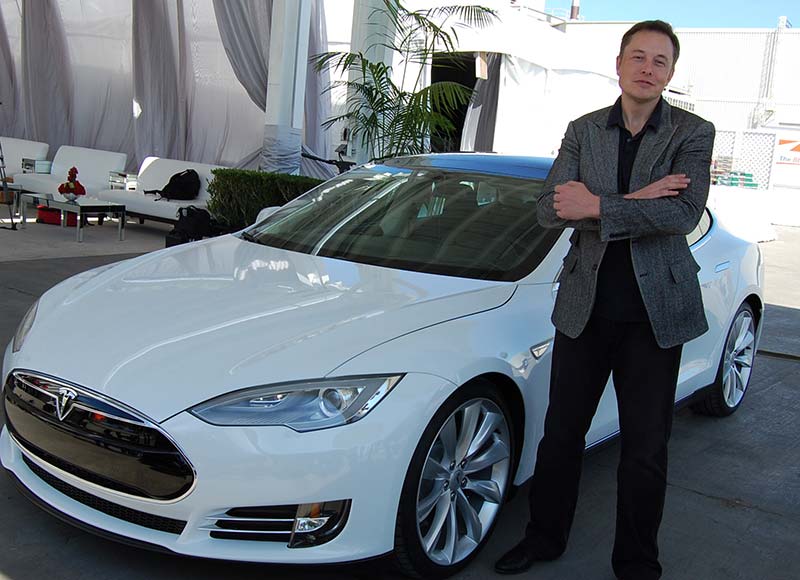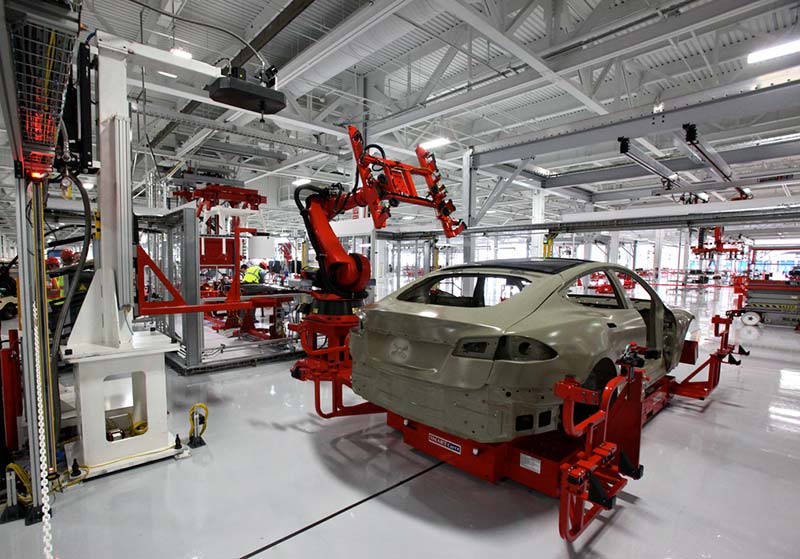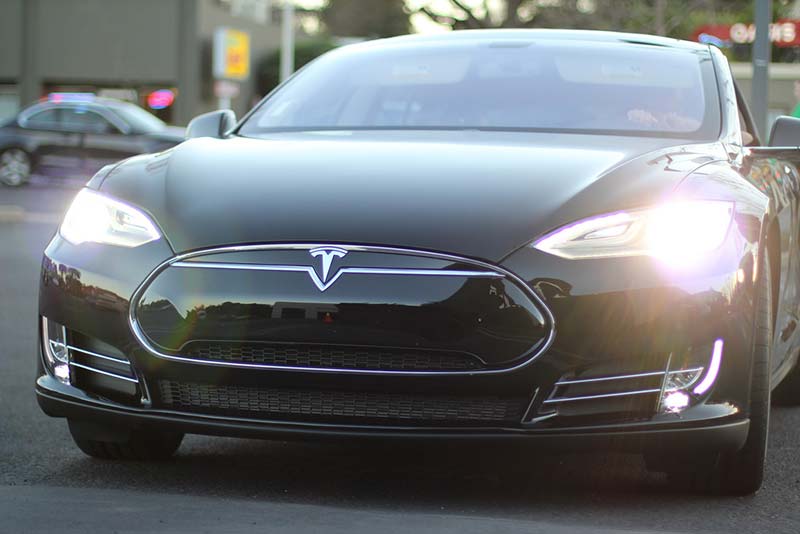22 May Unsafe & Injurious Working Conditions Reported At Tesla Factory
Tesla CEO Elon Musk defends against employee allegations of management’s lack of compassion for workers’ health and wellbeing at his California-located factory, employing roughly 10,000 people working with heavy machinery. But, it’s somewhat difficult to take his words to heart after reading The Guardian’s post, which shines a pretty shocking light on what some employees report witnessing and experiencing at the factory.
According to incident reports obtained by The Gaurdian, ambulances have been called over 100 times since 2014 for factory workers experiencing fainting spells, dizziness, seizures, abnormal breathing and chest pains. And, reportedly, hundreds more were called for injuries and other medical issues.
15 current and former employees of the Tesla factory describe a work culture of “long hours under intense pressure, sometimes through pain and injury, in order to fulfill the CEO’s ambitious production goals.” Jonathan Galescu, a production technician at Tesla describes witnessing “…people pass out, hit the floor like a pancake and smash their face open.” “They just send us to work around him while he’s still lying on the floor,” he adds. And according to The Guardian, Galescu is not the only employee to have witnessed this type of occurrence. Many others have witnessed their coworkers collapse or be taken away in ambulances.

Mikey Catura, a worker on the battery pack line, describes what he’s witnessed: “We had an associate on my line, he just kept working, kept working, kept working, next thing you know – he just fell on the ground.”
“Overworked” seems to be an understatement for the employees at the Tesla factory. Back in February, an employee by the name of Jose Morgan published a blogspot describing allegations of mandatory overtime, a high rate of injuries as well as low wages at the factory. His description of the work culture at the factory highly differs from Tesla’s official images of the factory.
Michael Sanchez, another factory worker at Tesla, exclaimed how excited he was to start working at the Tesla factory five years ago. Now, he’s on disability with two herniated discs in his neck and cannot even grip a pencil without being in pain. Tesla claimed that Sanchez’s injuries resulted from installing a wheel. Sanchez, however, claims his injuries were caused by years of working on Tesla’s assembly line, where he was forced to work with his hands above his head all day long.

Others have told The Guardian about repetitive stress injuries linked to working long hours. Prior to October, 2016, workers described routinely working 12-hour shifts 6 days a week. Tesla has taken initiative against this, which has allegedly resulted in a 50% decline in overtime hours.
Sanchez, as well as other factory workers, have told The Guardian that they believe more injuries occurred because, for years, managers would belittle their employees’ complaints of injuries and pressure them to work through the pain. “We all hurt. You can’t man up?” is how managers would respond to complaints of pain or injury, according to Sanchez. Another factory worker, Alan Ochoa, who is currently on medical leave with an injury, says without hesitation that the superiors at the Tesla factory “put the production numbers ahead of the safety and wellbeing of the employees”.
Factory workers describe a “fear” of reporting their injuries to management based on how injuries in the workplace are treated. If a worker is injured, they may be assigned light duty work, and are paid a lower wage since they are being compensated simultaneously through the company’s workers’ compensation insurance. This practice is lawful in California, but the loss of wage is steep. A production worker explains how he went from making $22 an hour to $10 an hour after incurring an injury and taking on light duty work, claiming that the practice, in a sense, “forces people to go back to work” even while they’re still recovering from an injury. Between 2013 and 2016, the factory’s rate of injury was reportedly above industry average, and Tesla declined to release its recordable incident rate for those years.

Musk projects that Tesla will produce 500,000 cars in 2018 – a 495% increase from 2016. Meeting this goal will rely just as much on the physical labor of thousands of Tesla factory workers as it does its futuristic robots.
While improvements are being made to lower overtime work hours, which many injured employees at Tesla attribute to their injuries, Musk wants to increase productivity. It would seem his ambitions may interrupt his company’s effort to lower overtime work hours, unless they hire more individuals.
Many believe his ambitions are causing life-changing injuries. Musk said himself that Tesla is not a greedy company that trades the safety of its employees in favor of productivity. But, with his ambitions for 2018 – a 495% increase in production – we wonder if more employees will be hired to stray from these overtime, exhaustive and many times injurious workdays employees have reported, or if these working conditions will remain the same (or become even worse).

